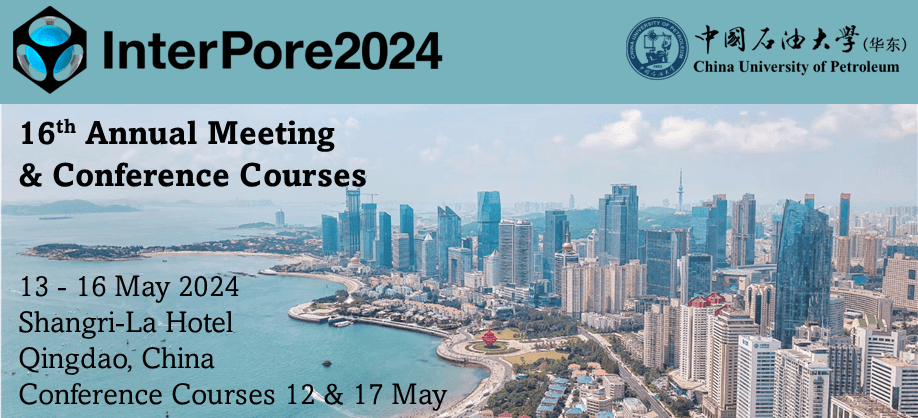Speaker
Description
Thin cellulosic materials such as natural textiles, paper, or bio-based walls, exhibit a remarkable capacity to absorb humidity from the environment through "bound water" sorption within nanopores, constituting up to 30% of their dry mass [1]. Understanding the mechanisms of induced water transfers is crucial for advancing industrial processes and sustainable practices across various fields, including wood drying, paper production and usage, moisture transfers in clothes or hair, and humidity regulation of bio-based construction materials. Despite the significance of this knowledge, the transport and storage mechanisms of moisture in these materials is still poorly understood, often relying on modeling assumptions of dominant vapor transport with an assigned diffusion coefficient [2].
Our research addresses this research gap by highlighting the critical role of bound water transport within interconnected fiber networks. Particularly, at low porosity, our findings reveal that bound water diffusion surpasses vapor diffusion [3]. Through rigorous experimentation, we isolate diffusion processes and derive diffusion coefficients, establishing a comprehensive model for moisture transfer. Remarkably, our model accurately predicts the spatial distribution evolution of bound water over time across varying porosities, as confirmed through Magnetic Resonance Imaging (MRI). This paradigm shift, indicating the dominance of bound water transport over vapor transport, provides control of humidity-related processes.
Furthermore, our observations extend to the essential role of bound water diffusion in the fate of an aqueous droplet over long time, specifically in papers and masks. From Magnetic Resonance Images, it appears that even in a close container blocking evaporation the liquid water of this droplet reaching a non-treated cellulosic sample, progressively disappears. We show that our model fully describes this process: the free water is rapidly absorbed as bound water which then diffuses through fiber network partly as bound water and partly as vapor.
| References | [1] Y Zou, B Maillet, L Brochard, P Coussot, Fast transport diffusion of bound water in cellulose fiber network. Cellulose 30, 7463–7478 (2023). [2] Y Zou, et al., Critical role of boundary conditions in sorption kinetics measurements. Langmuir (2023). [3] Y Zou, B Maillet, L Brochard, P Coussot, Unveiling moisture transport mechanisms in cellulosic materials: Vapor vs. bound water. PNAS Nexus, in press (2023). |
|---|---|
| Country | France |
| Conference Proceedings | I am not interested in having my paper published in the proceedings |
| Acceptance of the Terms & Conditions | Click here to agree |




.jpg)
